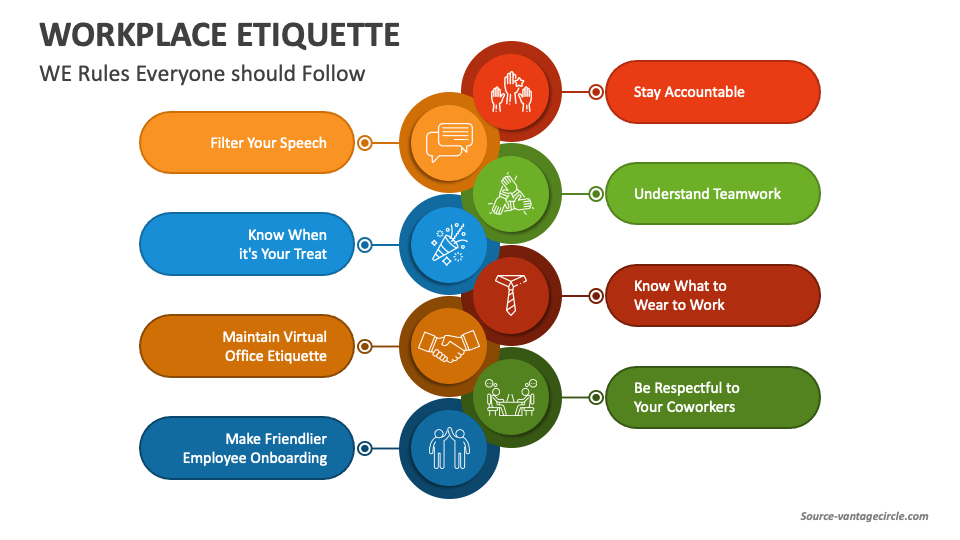- Where would an employee find an employers rules of etiquette
- The unwritten rules of professional etiquette
Rules of fence etiquette
We provide the likeliest answers for every crossword clue. Undoubtedly, there may be other solutions for Club purchase that comes with rules of etiquette. If you discover one of these, please send it to us, and we’ll add it to our database of clues and answers, so others can benefit from your research lucky tiger casino.com.
Club purchase that comes with rules of etiquette Crossword Clue Answers are listed below. Did you came up with a word that did not solve the clue? In case you did, worry not because we have the most recent and up-to-date answer for it. If you have seen the clue before, we encourage you try to remember the solution one more time before viewing the answer. All the clues are regularly checked and updated.
Today’s crossword puzzle clue is a quick one: Club purchase that comes with rules of etiquette. We will try to find the right answer to this particular crossword clue. Here are the possible solutions for “Club purchase that comes with rules of etiquette” clue. It was last seen in The New York Times quick crossword. We have 1 possible answer in our database.
Christine Mielke has been an avid fan of word games and puzzles for over two decades. She loves to unscramble words, challenge herself to crossword puzzles and try out the latest word games. As a published author and database architect, it was natural for her to take her love for all things word games to the next level!
Where would an employee find an employers rules of etiquette
In this blog, we unpack the workplace etiquette gaps that silently chip away at culture, collaboration, and career growth. But before we dive into the specifics, let’s get clear on what workplace etiquette actually means and why it’s more critical than ever in today’s evolving work environment.
In busy work environments especially where communication is fast and frequent common courtesies often get overlooked. With quick chats, rapid emails, and virtual meetings becoming the norm, simple gestures like saying “please” and “thank you” can easily get lost in the rush. This subtle decline in everyday manners can unintentionally create friction or leave colleagues feeling undervalued.
And if you want to promote a professional and civilized environment for yourself and your coworkers, it is essential to adopt the etiquette rules as early as possible. Here are the top 8 workplace etiquette tips that everyone should follow for a better company culture.

In this blog, we unpack the workplace etiquette gaps that silently chip away at culture, collaboration, and career growth. But before we dive into the specifics, let’s get clear on what workplace etiquette actually means and why it’s more critical than ever in today’s evolving work environment.
In busy work environments especially where communication is fast and frequent common courtesies often get overlooked. With quick chats, rapid emails, and virtual meetings becoming the norm, simple gestures like saying “please” and “thank you” can easily get lost in the rush. This subtle decline in everyday manners can unintentionally create friction or leave colleagues feeling undervalued.
The unwritten rules of professional etiquette
The distinction between competence and professionalism is the reason you cannot assume that, just because you show up to classes in graduate school and get good grades, you will have everything you need to carry you through your career. This misunderstanding is likely fueled by the perception that grades are everything, which is what you may have learned as an undergrad. Unfortunately, grades only measure your competence in the subject matter and not your professionalism. After all, acting professionally is not required when learning statistics, for example—you could learn those math skills quite efficiently while also being rude.
Although this book was motivated by my own experiences and the values that I believe are most relevant to professional deportment, I have focused on widely shared expectations gathered from other professors, ethical case studies, and broad psychological principles. I believe these expectations are similar to ones found in other disciplines and areas of study and can effectively serve as a starting point as you evaluate your own behaviors in your program.
Every student enters graduate school with many forms of debt. The most obvious is financial, but your debt is also in the knowledge, awareness, and skills relevant to your discipline. The faculty are there to bring you up to their professional level; they have already endured years of education, training, licensure, and practice—all of which they offer to you as you prepare for the same path. A professional attitude is one that accepts their work on your behalf by opening yourself to this offering. It communicates that you value the time and effort that they devote to your preparation, dedicate yourself to the training, and honor the professional community and its image.
I care greatly about my students and their ultimate success, which is why I hold such a high bar for them while they are under my training. I have noticed that I intermittently tuck advice inside the manuals I write, the emails I send, and the lectures I give. I have decided to share that advice in this book so that you, too, can maximize your success. If I can lift you up with some of the suggestions in this book, then it elevates us all.